
I’ve always wanted to go to Japan. I long to experience the culture shock that touring bands always talk about: that unlikely union of tradition and hyper-modernization, existing in perfect harmony.
Perhaps that’s why everything off the Fender Japan production line has always chimed with me and, indeed, areas of the wider guitar community who need more than yet another sunburst Stratocaster to get them hot under the collar.
Whether it’s unusual hardware appointments, contemporary playability or cutting-edge finishes, MIJ Fenders are always brave, bold and color outside the pre-existing lines. It’s something that – outside of the odd Paranormal or Alternate Reality oddity – you just don’t see from the USA or Mexico. Yet these MIJ designs never stray completely from the Fender template. There’s just enough of the original DNA left to keep them recognizable.
Some might go a little too far – Souichiro Yamauchi’s Frankensteining of a Tele Custom and ’52 Strat into his recent Stratocaster Custom provoked some… strong reactions. But praise for models like the Mami Stratocaster Omochi, Traditional ’60s Competition Stripe collection and Adjusto-Matic Jazzmaster HH is far more universal.
And, increasingly, Fender Japan is having more hits than misses with global audiences – especially as the perception of Japanese build quality has increased in the decades since Fender first tapped the FujiGen factory for its more affordable models.
Fender USA is aware of the growing demand, too. “For the people who love that MIJ finish, that MIJ look, they’re rabid about it,” CEO Andy Mooney told us earlier this year. “So we’re going to continue to develop MIJ guitars for outside of Japan.”
Sadly, the arrival of Japanese models in the USA is still patchy. Last year’s Limited International Color Series was a welcome launch – as was the return of the Aerodyne line – but its vibrant finishes are a far cry from more radical MIJ offerings like Miyavi’s triple-pickup, whammy bar-equipped Telecaster.
Some of these Japan-exclusive launches are turning up in the UK and Europe, however. The Hybrid II lineup – which includes all-rosewood necks and reverse headstocks among its USPs – mysteriously appeared without warning in retailers, followed by the MIJ Offset Telecaster and, most recently, the Elemental Series. This was a range I was unreasonably excited about and, as luck would have it, I live in the UK.
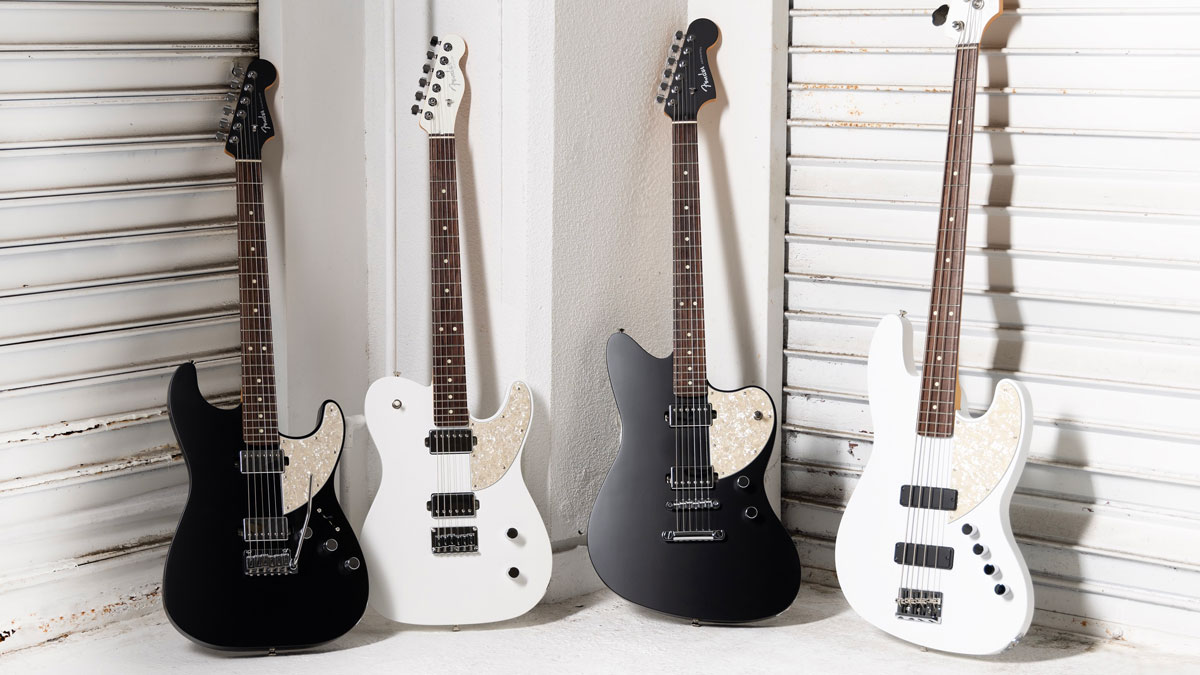
All of Fender Japan’s releases turn heads, but the Elemental Series induced Exorcist-worthy rotations when it dropped in December 2022. Dressed in striking Stone Black and Nimbus White finishes, the four models – Stratocaster, Telecaster, Jazzmaster and Jazz Bass – were designed to deliver modern looks and playability without breaking the bank.
Contoured bodies, compound neck shapes, coil-splittable humbuckers, matching headstocks… All that, plus an all-new, minimalist pickguard shape. In short, stunning… but not available outside of Japan.
I was conducting an innocent Google search for baritone guitars when the Elemental Jazzmaster appeared. It wasn’t a baritone, but the All-Powerful Algorithm knows what I like. It could sense my desire. And this thing was everywhere: Andertons, GuitarGuitar, GAK, Gear4Music, with prices hovering around the £1,349 (approx $1,650) mark. And it was very clearly badged as a limited-edition.
FOMO set in, quickly followed by a question: could the object of my desire possibly live up to my expectations? I’d been fantasising about owning one of these contemporary-vibed MIJ models for years – and the Elemental Jazzmaster was top of my wishlist. Should I take the plunge, it would also be most I’d ever spent on an electric guitar.
From the build quality to the radical designs, the hype surrounding Fender Japan is higher than it’s ever been. Could the reality ever match the daydream?
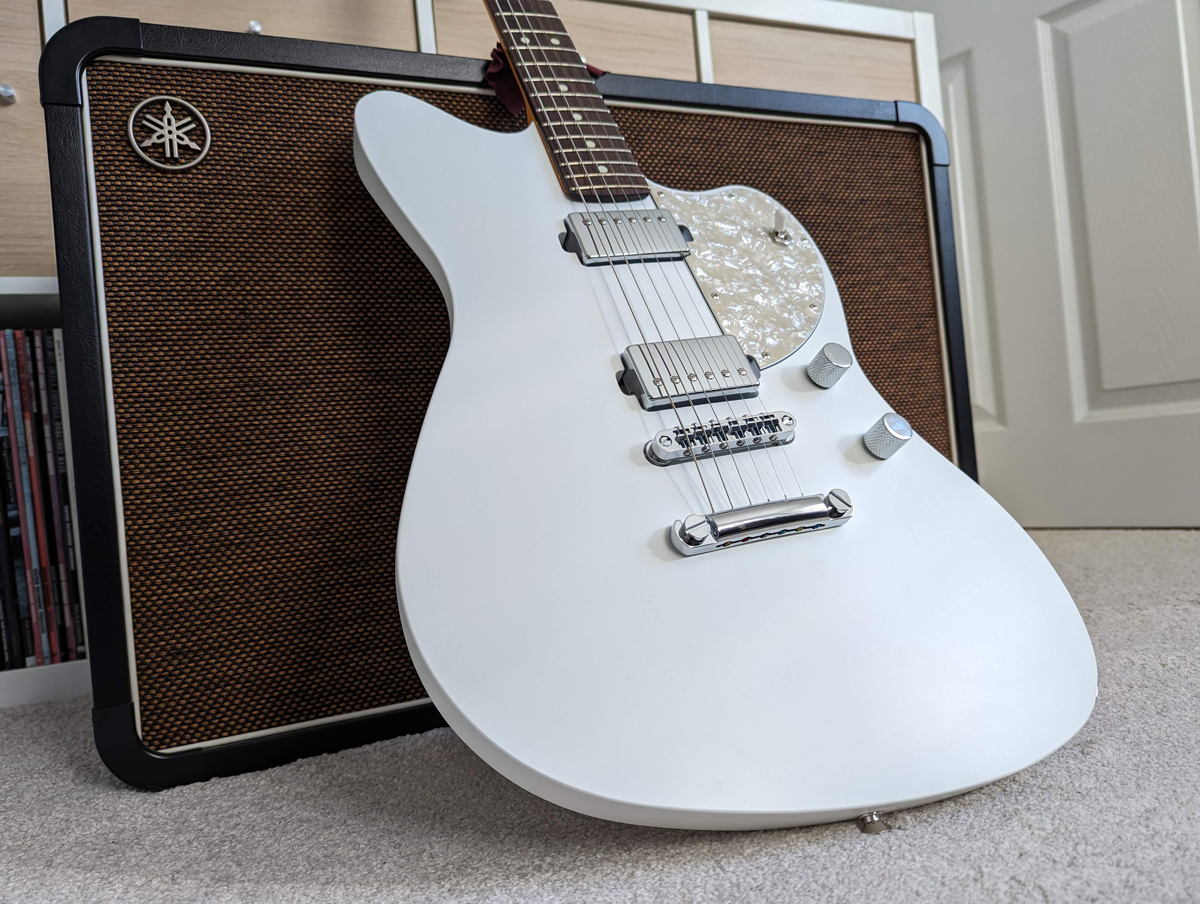
After a few days of soul-searching, the inevitable happened, and I snapped one up from Fender.com – my contacts there said they would kindly set it up with 0.010-gauge strings and replace the already high-spec staggered tuners with locking equivalents (that in itself is a whole other story – who knew there was a ‘right way’ to restring locking tuners?).
When the Elemental Jazzmaster arrived, it really was love at first sight. I’d agonized over the finish, but ultimately determined the Stone Black would get swallowed up by stage lights, while the Nimbus White was a more neutral – if slightly glam – option. I made the right decision. And that matching headstock… I still can’t stop looking at it.
But it wasn’t until I got the guitar in my hands that the MIJ difference became apparent. I’m not saying it’s superior to US builds… just different. There was a level of detail here that I hadn’t experienced on a Fender guitar in this price range. The matte feel was luxurious to the hands, and the neck had a natural worn-in feel with the lightest satin finish, closer to the kind of thing you might get from a hot-rodded Suhr or Tom Anderson offering.

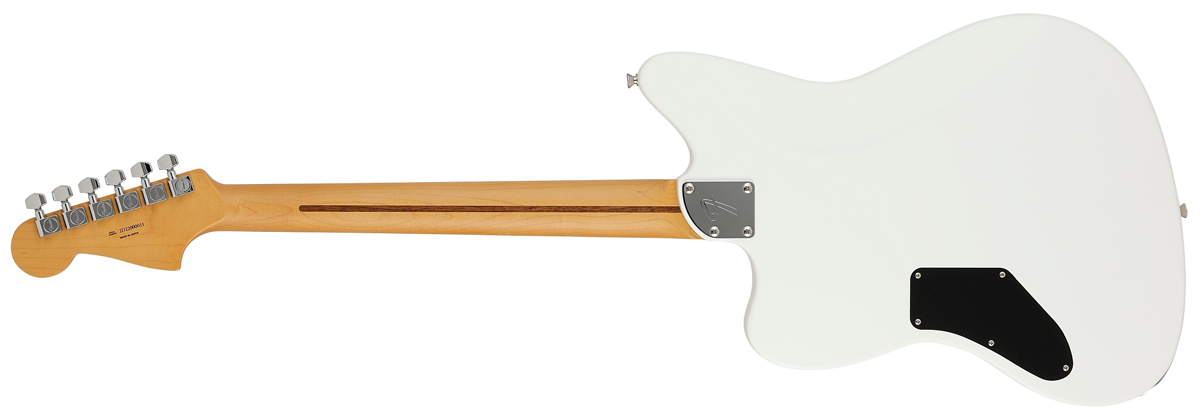
Then there’s the body contouring – something I hadn’t been aware of when the Elemental Series originally launched. The alder body is subtly arched, which lightens the guitar’s weight and makes for a more comfortable playing surface. It’s almost like Ibanez made a Jazzmaster. If this is the Fender Japan difference, consider me a lifer.
The fit and finish was quite simply unfaultable across the board. From the recesses for the direct-mount humbuckers to the perfectly applied pearloid pickguard, it’s a beautifully assembled guitar by any standards. Now, I’m under no illusion that Fender’s UK setup team had their hands on this before it arrived with me, but the build showcases a meticulousness that extends from the design right through to the manufacture.
Andy Mooney has clocked these impeccable standards, too. “I've always said that the Japanese and the German consumers are more alike than anywhere else in the world,” he told GW. “They have a scrutiny of the product to make sure every detail is perfect. So whether it's true or not, the Japanese consumer always believes the Japanese product is better than any other product in the world.”
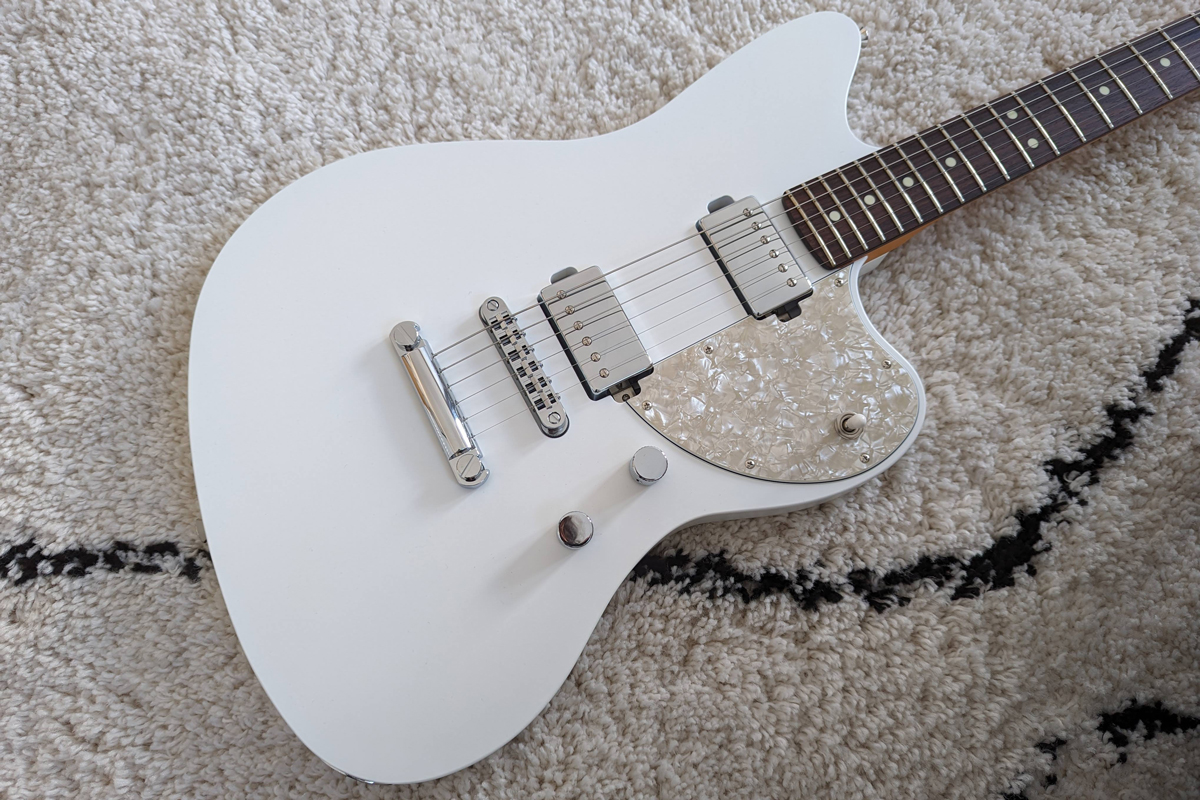
Plugging in took the relationship to the next level. The C-to-D compound neck was a joy to speed up and down, the 12” radius and American Ultra-esque contoured heel accommodating my shred-ish leanings with ease, while the Modern Modified humbuckers – exclusive to MIJ guitars – offer a bright, medium output with exceptional clarity.
I’m sceptical of any guitars that claim to play well with pedals, but the string-to-string definition really did bring out the best in my drives and fuzzes. And the coil-splits are surprisingly Stratty, especially with a dash of compression.
Sure, there are downsides: would I prefer a no-nonsense hardtail bridge over the Adjusto-Matic configuration? Undoubtedly. And is that white finish prone to marking from grubby fingers? You betcha. And Fender’s definition of a ‘Deluxe Gigbag’ has really deteriorated over the years, if the threadbare included offering is anything to go by.


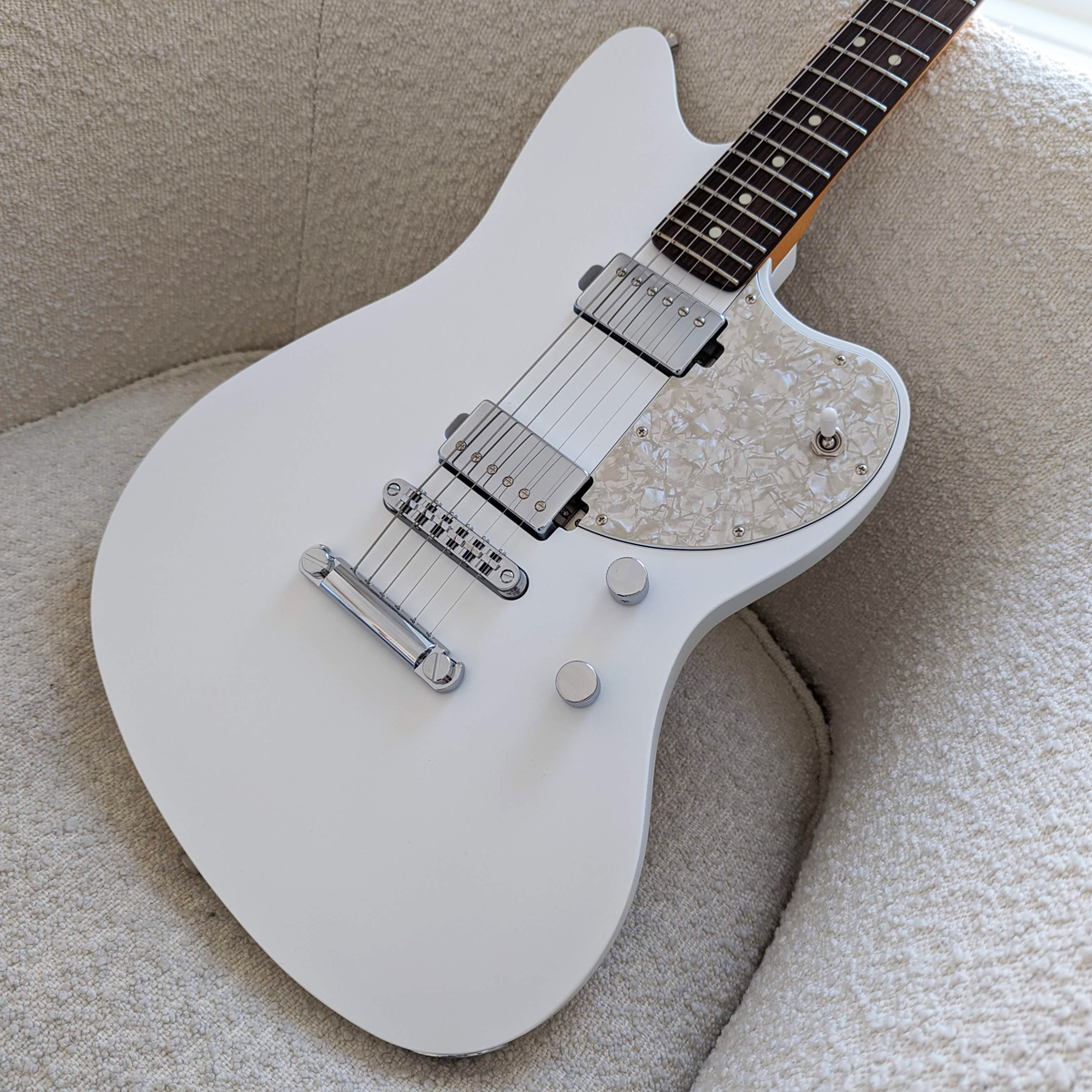
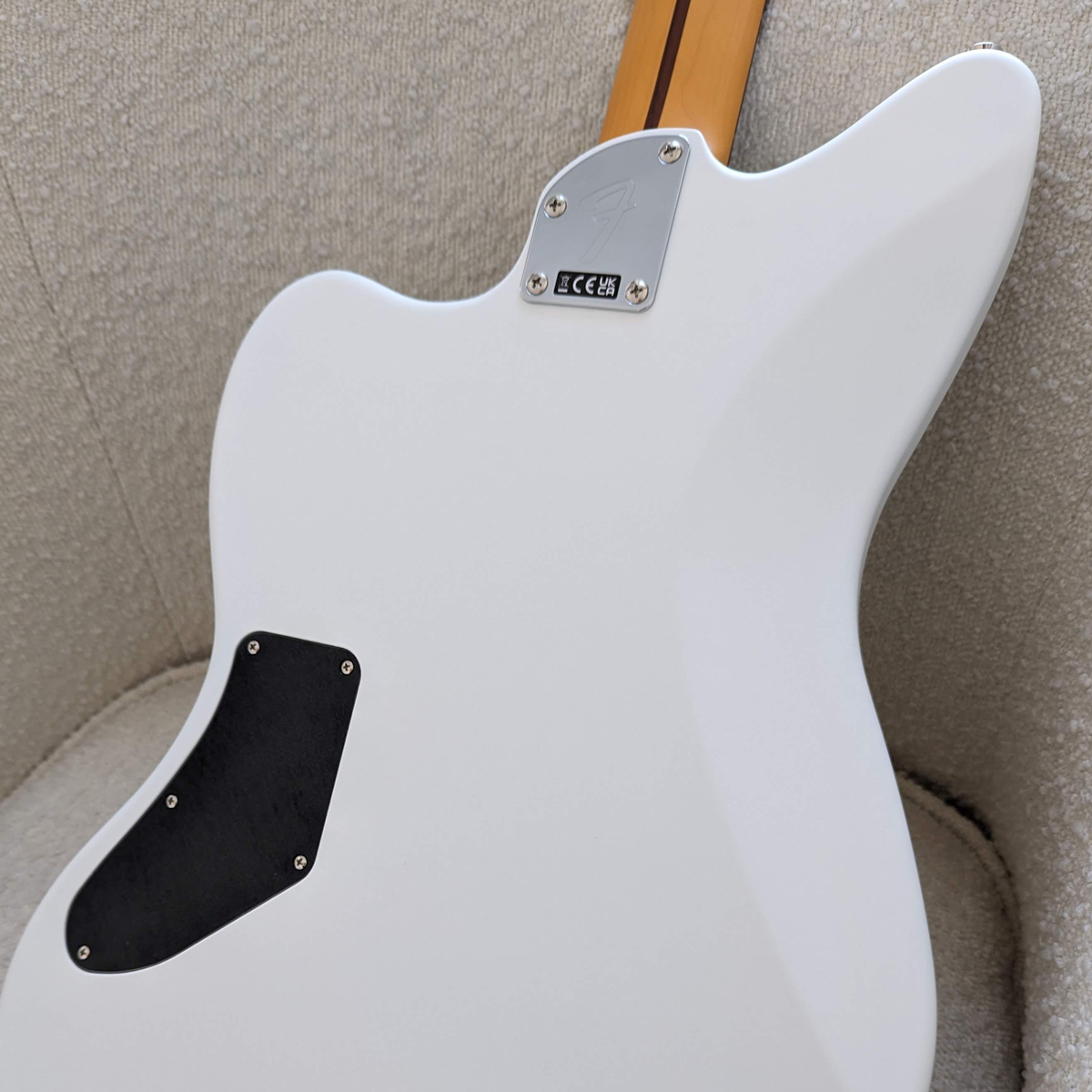
But the Elemental Jazzmaster is a dream to play, with none of the practical or sonic trade-offs of traditional Fender builds. And, perhaps most shocking, it didn’t just live up to my lofty expectations; it exceeded them. It feels progressive, versatile, contemporary – and it makes me want to play that way, too.
John Mayer once said that the no-nonsense, dual-humbucker Jim Root Tele “looks like every Tele should look in this day and age”. And maybe Fender Japan’s modern-day output is how the Big F’s flagship models would look if the guitar world wasn’t hung up on fetishization of the past.
The company honors electric guitar tradition, but unlike some western guitar manufacturers, it’s not bound by it. More than ever, there are players who feel the same about their technique and tone – they want guitars that represent that paradigm shift, and on this evidence, Fender’s Japanese wing can deliver it. Heck, I might even struggle to go back to traditional US and Mexico builds.
In the internet age, MIJ guitars are no longer Fender’s best-kept secret – and their boundary-pushing designs deserve to be made available across the globe. Either that, or I’ll finally take that trip to Japan and bring as many back as air travel will allow. Get your orders in now.







